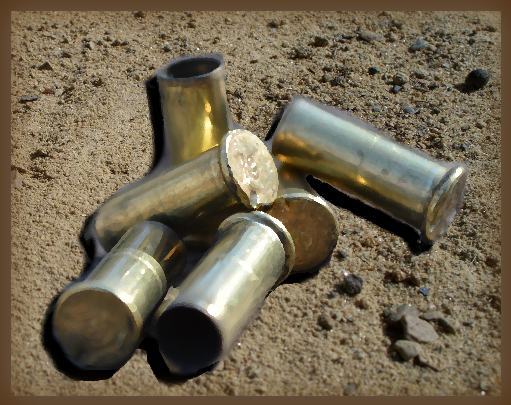
I finished my journal pass, so now all game missions have an end of mission journal entry. The exception is the final mission, as of course this is special as I have multiple endings that you can get. But yay, progress!
The next broad pass I need to make is on evidence collecting. Like most games that spoof detective work, you do collect evidence (in my game you either have a hammerspace for everything or you just take notes on things you see. I leave it ambiguous. You aren’t a cop, after all, just a person, so you aren’t bagging and tagging anything).
This requires actually making the evidence that you pick
up along the way. I’m not a 3D artist (I can manage a column in Maya if I had to, but that’s it), so my solution is a little janky. I can’t get away with random kitbashing like I can for environments, because evidence is story-specific and precise. And since the goal is to do this solo, no trying to contract help either.
Therefore my answer is to create little floating cards that I make with public-domain images that I process the crap out of in Paint.NET. Sometimes it looks good, other times… it looks like those beer cans. But it gets the job done. Especially since the image cards serve double duty- they are visible in the environment and they are the image that gets saved into your special evidence journal. Fun fact: I actually have no idea what is going to happen to the player’s evidence inventory after a certain point (the arrays can be basically endless, but the UI I have setup may horribly break). That’ll be a fun challenge to tackle… soon!

To rap about the evidence system functionally a bit: the gameplay works sort of like Phoenix Wright or LA Noire, in that you need to use the right evidence at the right time. What might require more usage of the player’s noodle, however, is that my interrogations are Final Fantasy style turn-based battles. You aren’t pouring over dialog looking for an obvious hook. You have to study the journal before the chapter’s interrogation, learning what you can, trying to piece together how it all makes sense. Then you can say, “Ah, Ted Smith will be rattled when I present the beer cans because Ted Smith knows he was drunk that night!” (To use a fake example).
Because of this, evidence isn’t binary like in those games. Think of them as using magic or an offensive weapon. Maybe a “bad” piece of evidence works, but only does a small amount of “damage” (fictionalized in Nevada as mental stamina- the amount of mental resistance someone has before they spill the beans to you). Choosing the right evidence isn’t an instant win, but has a higher chance of doing big damage in the interrogation battles. Have I mentioned how weird this game is yet?
Nevada therefore has good evidence and junk evidence. I’ll try to make it reasonably clear which is which, while also providing some room to use your intelligence. There are probably going to be total joke bits as well, pieces of evidence you collect that are obviously bad but are amusing in some way.
Numerous missions use evidence gathering, so this pass is going to take a bit longer than the journal pass. I’ll need to make those images and hook them into the system in the game engine. How it works is I have an evidence object. You define what the image is (the floating card) and what is shown when the evidence is “seen” and what is shown when the evidence is “examined.” Seen is basic stuff, examining evidence provides more insight. Each piece of evidence is assigned a “story segment,” which I use in interrogation battles to determine if a piece of evidence used is actually impactful.
Just one more thing, detectives! My evidence system also shows how Nevada works differently than other detective games. I’m trying to avoid black or white “you either pick EXACTLY the right thing or not” detective gameplay. You can actually fail to pick up ANY evidence and proceed. You should be able to win the game. Like any RPG, you should be able to “power level” to some extent and win by just pressing “attack” (called “question” in this game) because you have leveled up to “World’s Greatest Detective” (aka Batman). I do think this path will be quite hard by the time I’m done balancing (I hope). But you should be able to do it. It should also play into which ending you get, hint hint.
That’s it for now! Since this pass is a big one, I’ll probably write another post about it while in-progress. See you next time, detectives!